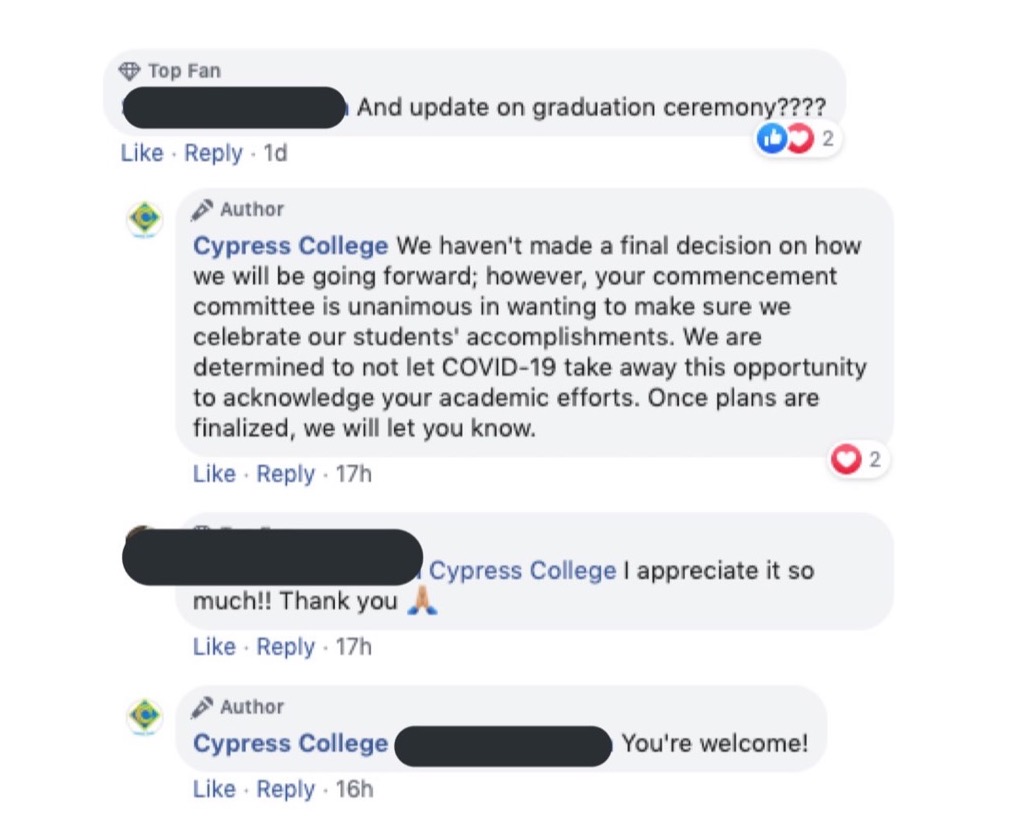During times of crisis, and specifically during the worldwide COVID-19 pandemic, we need to ensure that our college communities stay connected and informed. An important factor in modern communication is having an active presence in the social sphere. Keep reading for 6 tips on how to best utilize social media during this time.
1. Be there for them
When your college community is in the midst of a crisis, it is extremely important that you do this seemingly simple task: be there. They need to hear from you, and with so many students taking to social media to look for information, ensuring you have a presence on go-to sites like Facebook and Instagram is crucial. You should be sharing updates daily, whether they are in post or story mode. It is important to establish a presence and let students know they have your full attention and support.
2. Ensure that all college communications are posted on your social media platforms
While establishing (or maintaining) your institution’s presence in the social sphere, it is essential that any communications you distribute through email or other channels are also shared through your social media. Of course, you may not want to type out the key points of a news release on a Facebook status—instead, try sharing the link and adding a personal note with a brief description and call to action prompting them to read it. On Instagram, you could share a story with the update and even add a swipe-up link for more information.
3. Have someone dedicated to monitoring and replying to comments and messages

#Kudos to Cypress College for doing a great job monitoring and replying to comments!
As you continue to post on your college or institution’s social media sites regularly, you will most likely see an influx of post engagements, comments, and direct messages. It is important that you have someone (or multiple people, given your scope) dedicated to watching, reading, and replying to comments and messages. It might also be helpful to develop a list of answers to common questions about things like campus closures and making the shift to online learning. Pro tip: Only send a copy/paste automated response to people in direct messages. If it is on a post and you already answered the question for someone else, reword it slightly to make it more individualized. Each of these tactics are simple ways to let your community know they have your support.
4. Address concerns quickly and directly
We know that with everything going on in the world right now, you are probably receiving many questions and concerns through email, phone calls, and yes, even social sites. Addressing these concerns quickly and directly should be a key component of your crisis communications plan. Make sure you prioritize providing simple and effective communications that respond to these questions in a timely manner, both on social media and any other communications channels.
5. Practice social listening
You’ve read comments, responded to messages, and you’re pretty sure everything is on track. Before you rest on your laurels having done these things, we recommend taking it one step further and practicing social listening. The process of social listening is twofold: first, track any mentions of your college on your social media platforms (by searching your college name or hashtags), and second, analyze what people are saying and “put what you learn to action” (Hootsuite).
This will help you gain a deeper insight on what the individuals in your college community are saying, feeling, doing, and questioning in the wake of the COVID-19 crisis. Social listening begins when you take action based on your findings. For example, if you see that students on Twitter are wondering why they haven’t received online class information yet, make a post to let them know you’re working on it. Listen to what they are saying and respond. This is an advanced and effective way to improve your communication.
6. Engage with your college community
Luckily for us, social media is one of the best two-way communication tools out there. In times like this, it is important to engage with and build up your community. Of course we want to be engaged for the purpose of keeping everyone informed, but there is also great value in communicating for the purpose of building morale and fostering meaningful relationships with your community members. Many colleges have taken to scheduling live video Q&As, sharing selfie-style updates from faculty and staff members, or even starting online challenges to share pictures of what everyone’s at-home life looks like. Whatever you do, make sure they know you’re there for them and you can all get through this adversity together.
Want more tips? Check out our ultimate social media guide — Sustainable Social Media Marketing Strategies for Higher Ed: How to Keep Your Content Fresh and Flowing!



